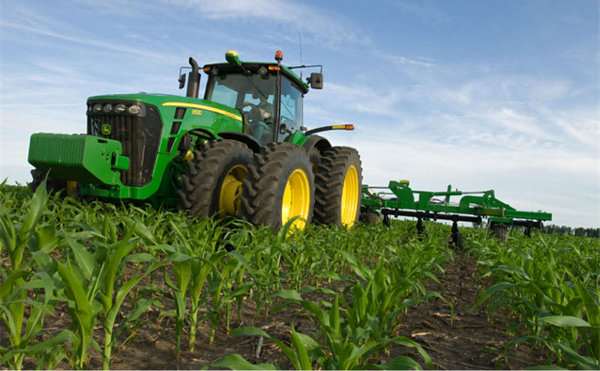Global population estimated to rise to 9.7 billion by 2050
By Diego Flammini
Assistant Editor, North American Content
Farms.com
If farmers are going to meet the challenge of feeding a global population of 9.7 billion people by 2050, they must adhere to sustainable nutrient management, according to Cassandra Cotton, Fertilizer Canada’s director of sustainability.
“The goal of nutrient management should be a sustainable nutrient balance that maximizes economic returns for the farmer and at the same time protects and enhances the environment,” Cotton told Farms.com in a June 1 statement.

“The concept is simple. Apply the right source of nutrient, at the right rate, at the time and in the right place. But the implementation is knowledge-intensive and site-specific.”
Fertilizer Canada recently released its 4R Nutrient Stewardship Sustainability Report. The report includes the organization’s goals for nutrient management and metrics to measure success.
One of Fertilizer Canada’s goals is to increase the number of 4R designated acres in Canada to 20 million by 2020, which represents about 25 per cent of the country’s crop producing land.
Currently, about 2 million acres are 4R designated in Canada.
“Our strategy is to continue awareness, acceptance and increased implementation of 4R nutrient stewardship with a strong emphasis on measurable action…,” Cotton said.
Achieving that goal will require a joint effort by agribusinesses and producers, Cotton said.
“Farmers must be seen as doing the right thing,” she said. “It is about helping them to understand that, by adopting the 4R program, they will be demonstrating to their key stakeholders that they are using crop nutrients in a sustainable manner. They will also be maximizing their fertilizer investment and doing the right thing for their crop, the land and future generations.”
Producers looking to increase their sustainability practices should consult sources they trust, according to Cotton.
“It is important producers work with their advisers to make decisions based on local site factors and implement them,” she said. “They (farmers) evaluate the outcome of their decisions to determine what decision to make the next time in the cycle.”